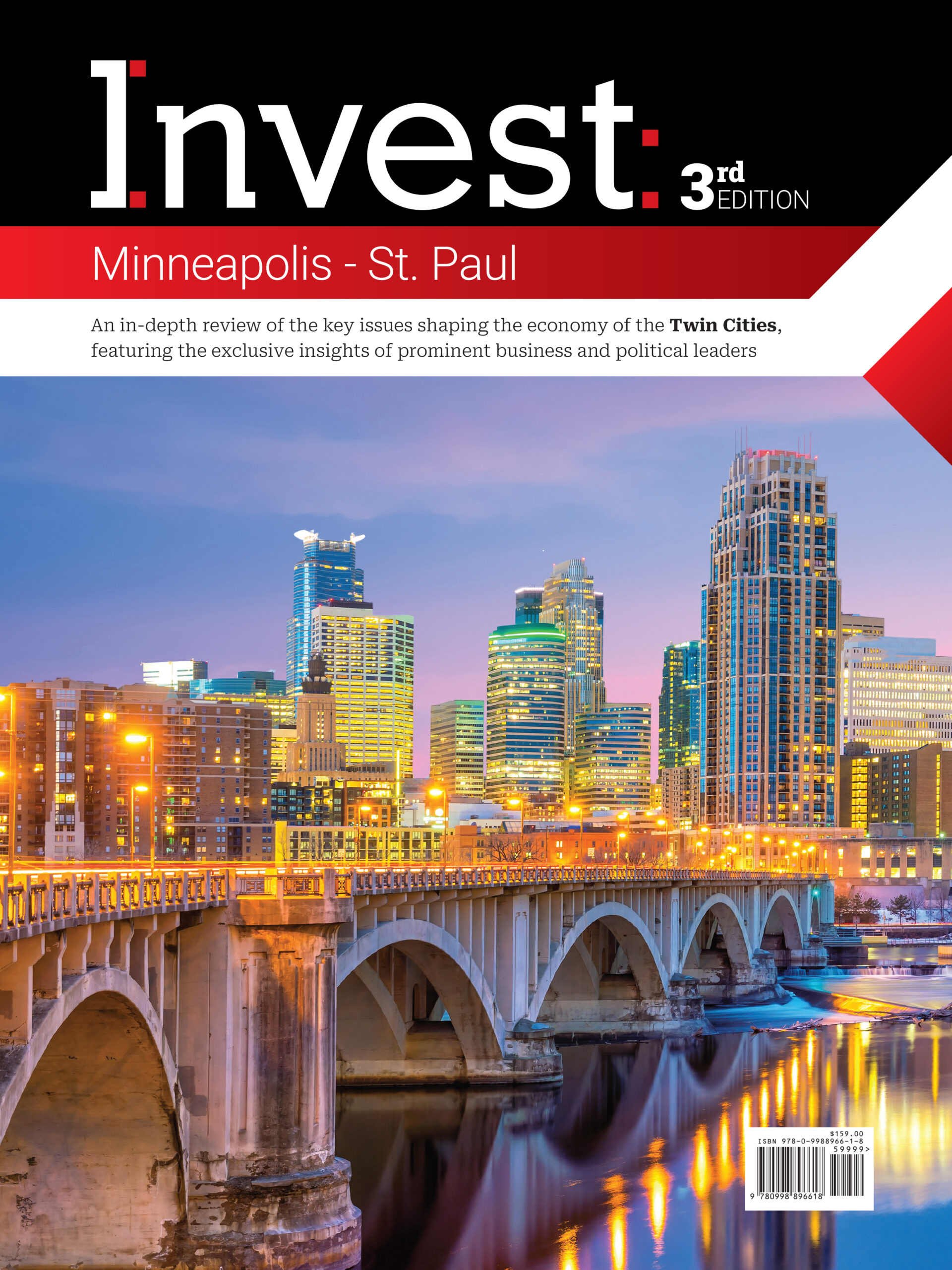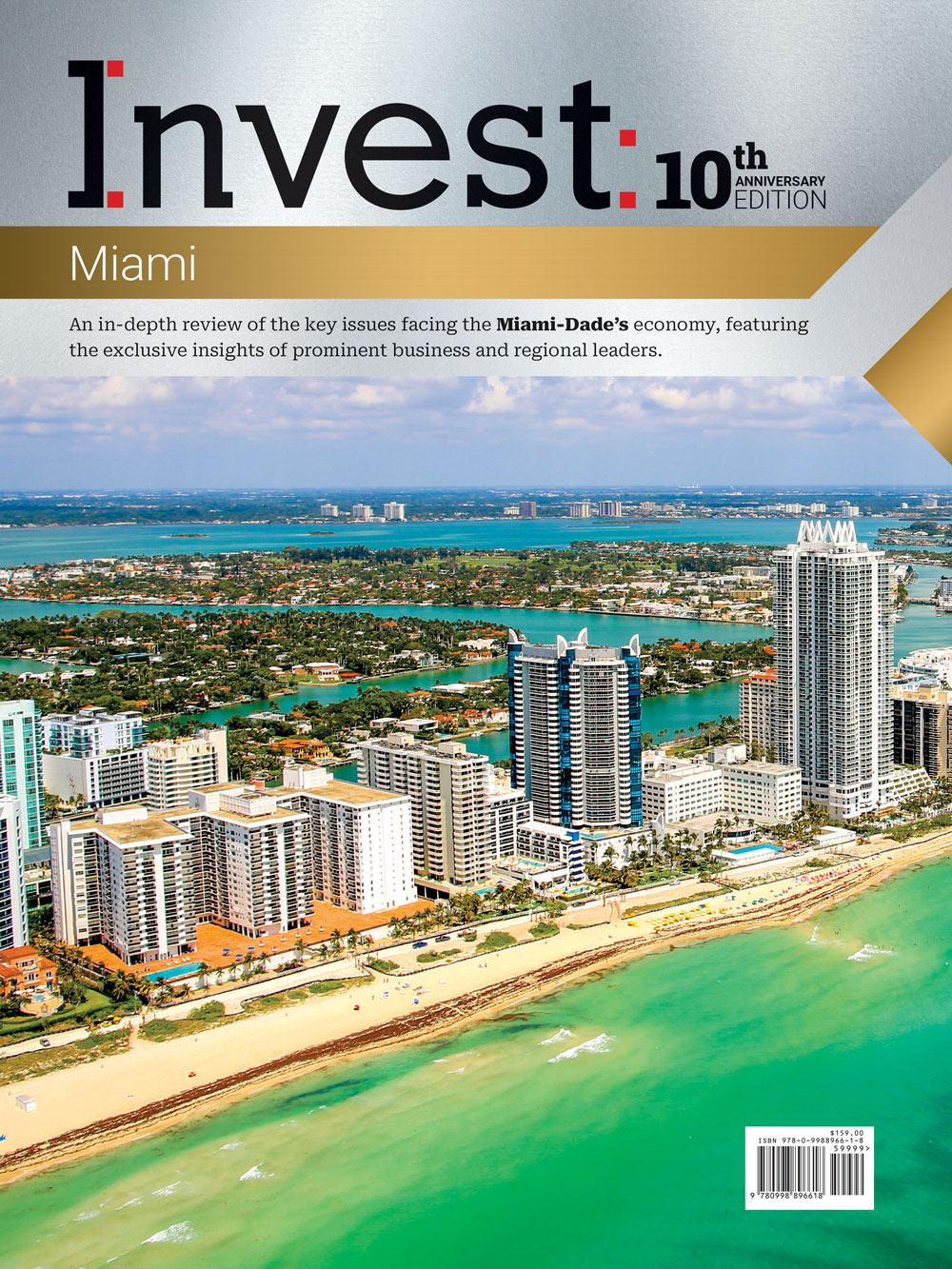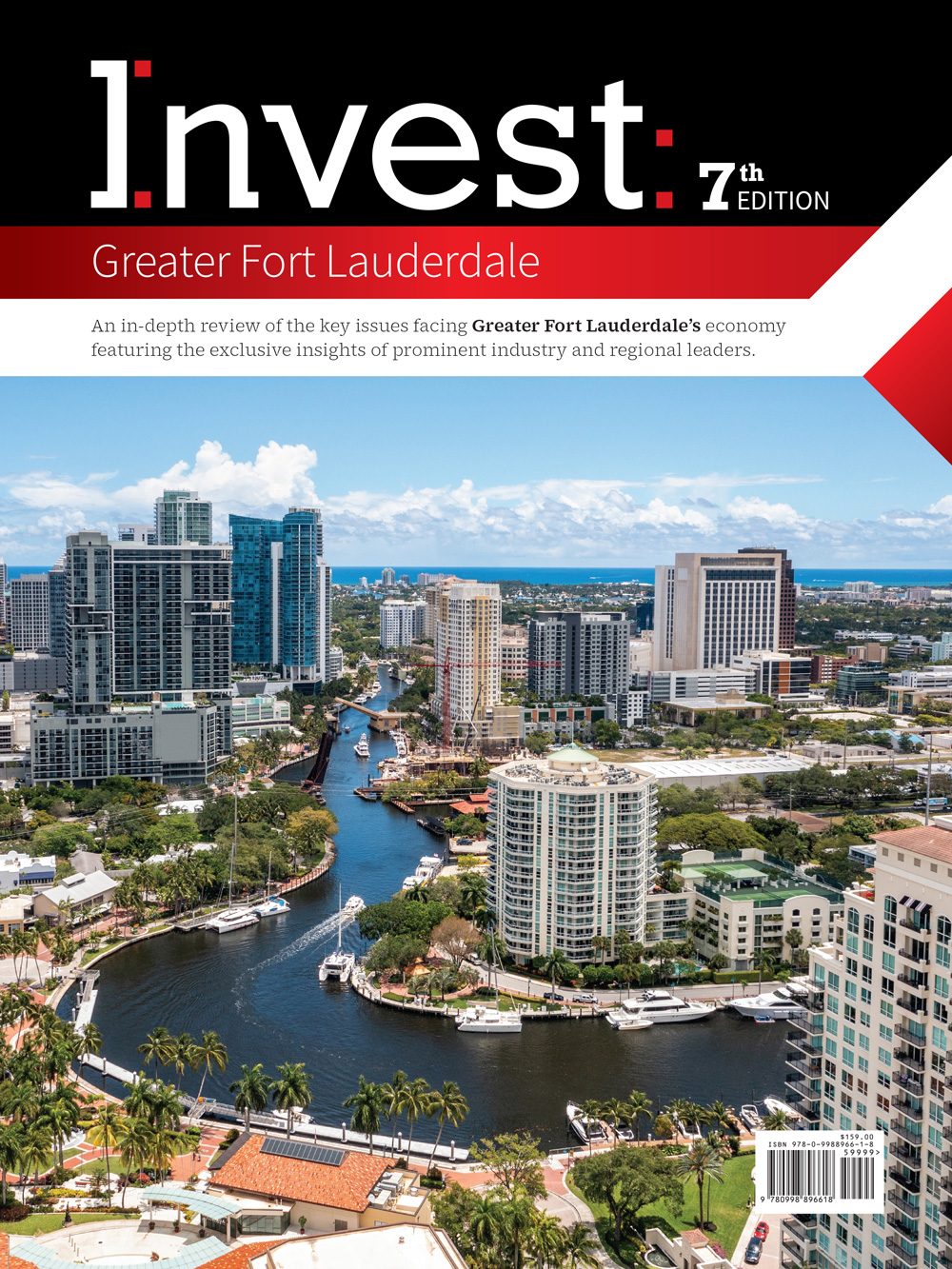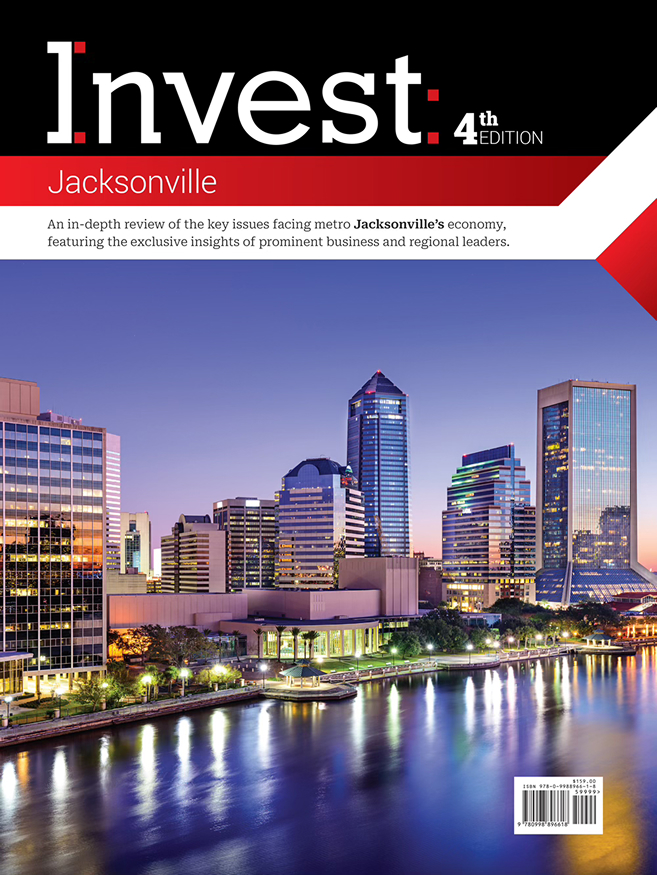Dominick Pangallo, Mayor, City of Salem
In an interview with Invest:, Mayor Dominick Pangallo of Salem reflected on the city’s substantial tourism growth, robust downtown occupancy and strong AA bond rating. He discussed key developments such as the proposed New South Salem Community commuter rail station and the transformative offshore wind terminal project, both aiming to enhance connectivity and promote sustainable economic growth.
What have been some significant economic developments in Salem over the past year?
Salem is a vibrant, historic city located about 30 minutes north of Boston. In 2026, we’ll celebrate our 400th anniversary, which we’re very excited about. Despite having a population of around 44,000, we welcome millions of visitors annually to our historic and walkable downtown and waterfront. October is our peak season; last year alone, we had 1.2 million visitors in October. We’ve experienced population growth over the past three years and currently have a downtown storefront occupancy rate of 98.5%. Additionally, we have a strong AA bond rating from S&P and record-high stabilization fund levels. Although we face challenges, our community, economy and governance are all in a positive place right now.
Can you tell us about the proposed New South Salem Community commuter rail station?
Salem is on the Newburyport/Rockport commuter rail line, and we have a very busy station located downtown. However, this station is far from our two largest employers, Salem State University and Salem Hospital, both in South Salem. There has been talk of a second train station since the late 1980s, but it never materialized until recently. We’ve advanced the project to 15% design with federal funding and conducted site analyses with EPA funding. We’ve also secured $25 million in the transportation bond bill in 2020 for construction. We’re now working on securing additional federal funding to complete the design. This new station will ease traffic on our busiest streets and provide a pedestrian and bicycle connection between the two halves of the city, which are currently divided by the rail line. Additionally, it will promote transit-oriented development in underutilized areas, helping to meet our housing needs.
How is Salem leveraging its history and culture to boost tourism and the local economy?
Travel and tourism are vital to Salem. While October is our peak season, we host visitors year-round with festivals every month. Salem boasts a unique history, a stunning waterfront, art and architecture. Tourism supports around 1,000 jobs and is a crucial part of our economic strength. Historically, Salem had only one hotel despite welcoming over 1 million visitors in October, which caused traffic issues. We’ve partnered with the private sector to add three new hotels, increasing room availability by 260%. We’ve also collaborated with major cultural institutions like the Peabody Essex Museum, which recently underwent a $125 million expansion. Additionally, we overhauled the public pier at Salem Wharf, improving connections for tourists and commuters. These projects not only boost our visitor economy but also benefit residents by enhancing our commercial tax base, creating cultural amenities and providing better transit options. This helps reduce traffic congestion and supports our climate goals.
With Salem’s growing population, how is the city adapting to this influx and supporting sustainable growth?
Growth is essential for expanding our tax base, creating jobs and meeting housing needs. We’re investing in sustainable infrastructure, like stormwater management, climate resiliency projects and multimodal transit options. We’ve directed funds from the American Rescue Plan Act (ARPA) towards these efforts and leveraged state funding for improvements to major roads and neighborhood streets. We’re also supporting community partners with grants for affordable housing, youth services and healthcare.
How are you addressing the educational needs of a changing student population in Salem?
Our student population is evolving, and we’re focusing on being a welcoming community. We have a new strategic plan for Salem Public Schools, with strong multilingual programs. Our Career and Technical Education (CTE) program at Salem High School is a key draw, offering career readiness certifications and skills. We’ve expanded this to middle schools and offer a Career Technical Institute for adults, providing free certification and job training. Additionally, our pre-K partnership program, created during COVID, has been successful and is now a permanent part of our community. Salem public schools are thriving, with increased enrollment, improved academic outcomes and strong teacher retention. These efforts ensure that our community continues to grow and thrive. Our city offers incredible amenities and cultural attractions, making it a great place to live, work and raise a family.
Can you tell us about the offshore wind terminal project and its impact on Salem’s economy?
The offshore wind terminal project is a major initiative. We’re transforming the site of a former coal-fired power plant into an offshore wind marshaling port. This will be the second such port in Massachusetts and the fourth in the northeastern U.S. It will support the assembly and deployment of wind turbine components, significantly growing our commercial tax base, creating hundreds of jobs and boosting local industries. Salem’s location and deepwater port make it ideal for this industry, which will serve both current leasehold areas and the future Gulf of Maine developments. This project will help us address climate change and grow our economy for generations to come.
How is Salem collaborating with neighboring cities and towns to address regional challenges and opportunities?
We maintain close relationships with North Shore cities and towns, participating in the Metropolitan Area Planning Council, the North Shore Task Force and the Massachusetts Mayors Association. We’ve expanded the Salem Skipper, our on-demand rideshare service, to neighboring Beverly and Danvers. We’ve also formed the Massachusetts Coastal Communities Alliance with 21 other coastal cities and towns to collaborate on climate crisis challenges and advocate for state and federal resources.
What are your top priorities and outlook for Salem over the next two to three years?
We’re focused on creating a more affordable and livable Salem, with an emphasis on equity, sustainability, resiliency and vibrancy. Housing is a critical area; we aim to ensure everyone has an affordable roof over their head. We’re embarking on a major high school building project to better serve our Career and Technical Education program and meet the needs of our students. The offshore wind terminal is another key priority, set to break ground this summer and become operational by 2026, bringing clean energy jobs and addressing the climate crisis.













